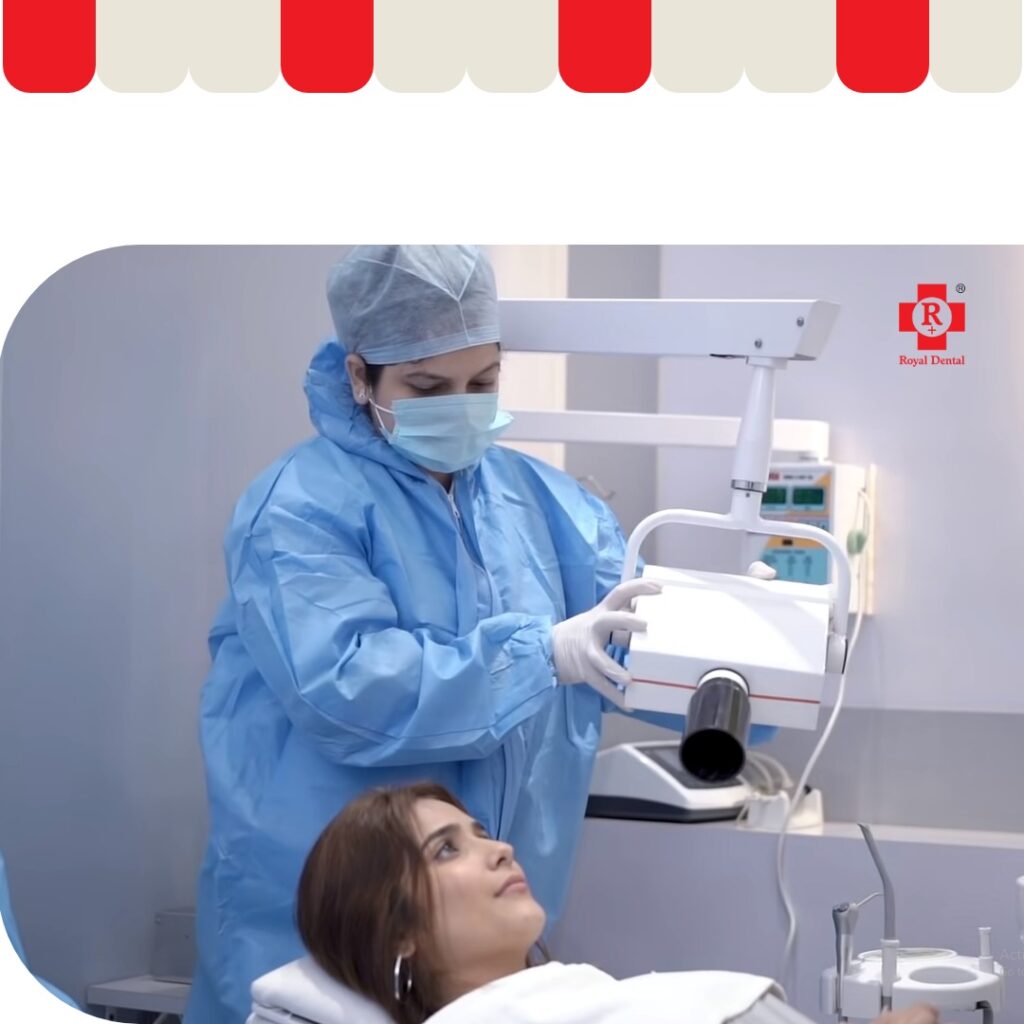
Dental management of patients on steroids
Steroids are immune suppressive agents. Steroids are used for its anti-inflammatory as well as immune suppressive properties. Nowadays misuse and over dosage is very common as it is prescribed even before minor treatments. Dental management is utmost priority and minimal use of these drugs is permissible.
Patients currently receiving steroid therapy have altered responses to infection and wound healing and also have a high risk of developing acute adrenal insufficiency when placed in a stressful situation. When treating patients with a history of steroid therapy, one must obtain precise information from the medical history to determine the relative risk of pituitary-adrenal suppression.
Dental management with steroids may require special consideration before receiving any dental treatment!
1) Systemic antibiotic therapy
2) Anxiety control
3) Increased administration of glucocorticoids
Dentist must carefully evaluate the extent of dental procedures and estimate the apprehension of patients prior to discussing their recommendations with physicians.
Guidelines to categorize dental management:
For a non apprehensive patient and slight risk of pituitary-adrenal suppression , routine non invasive dental therapy like bridge or crown cementation, impression making and regular checkups can be done with non steroid preparation along with light sedation is optimal.
Moderately apprehensive patient along with a relative greater risk of pituitary adrenal suppression, minimal invasive dental therapy including restorations, endodontic therapies, oral prophylaxis, biopsy can be done. A steroid preparation consisting of doubling the daily dosage of glucocorticoid prior to the procedure followed by gradually tapering the dose each day for 3 days back to the normal dosage. In such cases moderate to light sedation is advised.
To conduct extensive invasive dental therapy like long restorative or root canal therapy , multiple extractions, periodontal or endodontic surgery with a steroid preparation consisting of quadrupling the daily dose of glucocorticoid prior to the procedure followed by gradual reduction over a 2-3 day period to the normal dosage. These procedures can only be successful where the patient is under moderate to heavy sedation. This selective treatment is done in patients who are extremely apprehensive and at a severe risk of pituitary adrenal suppression.
All administration of steroid preps should be by mutual agreement with the physician in charge of steroid therapy. It is safer to over administer prophylactic steroid preps than to under administer.
Leave a reply


Leave a reply